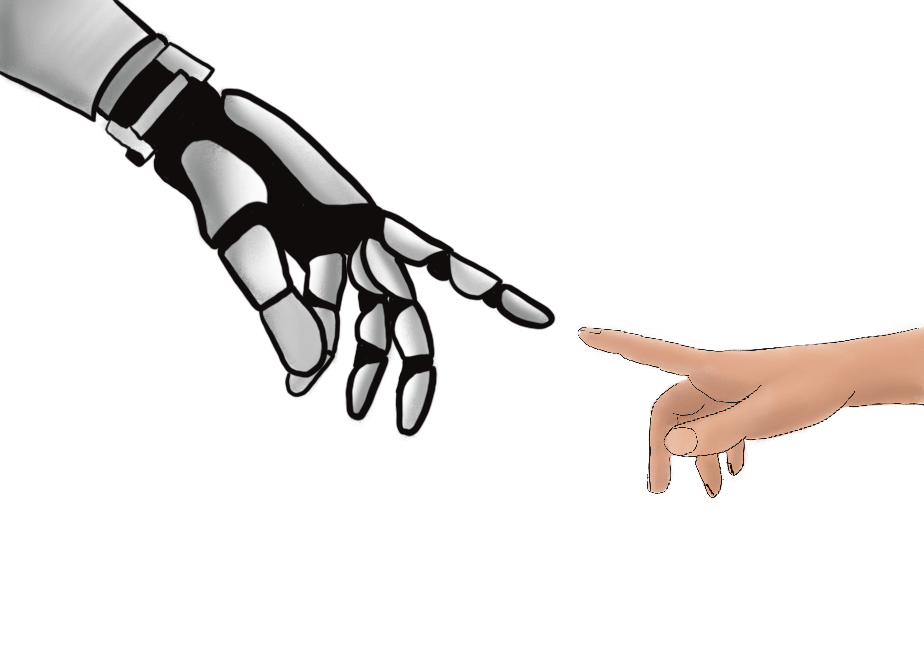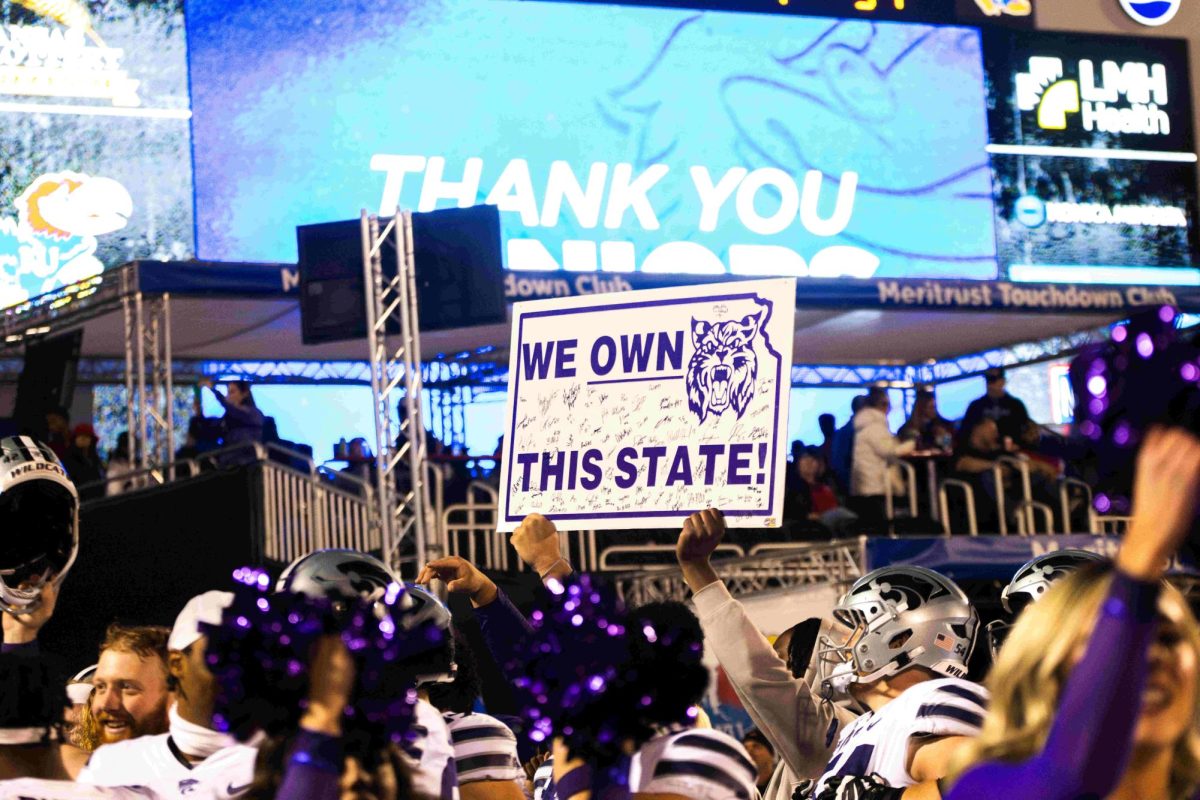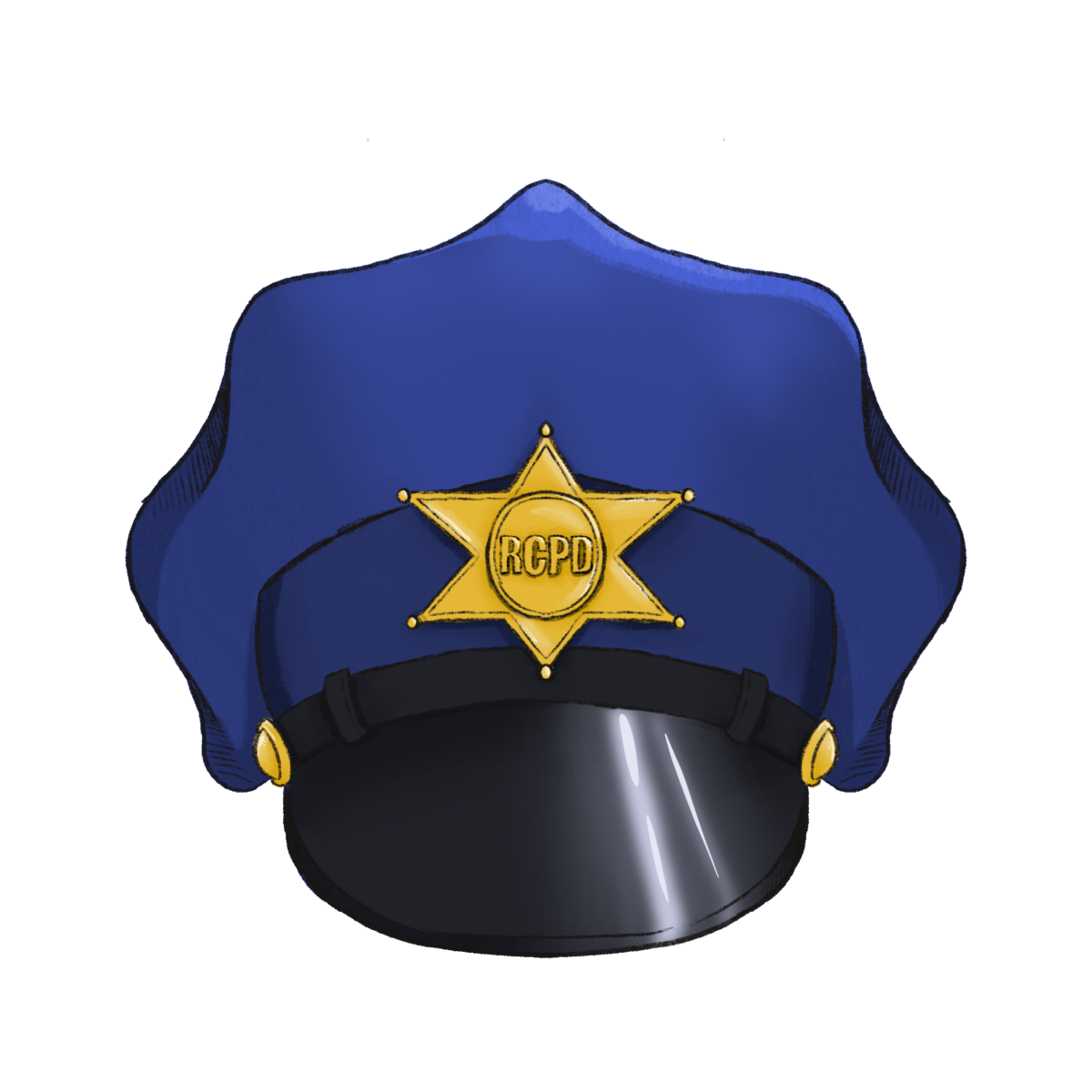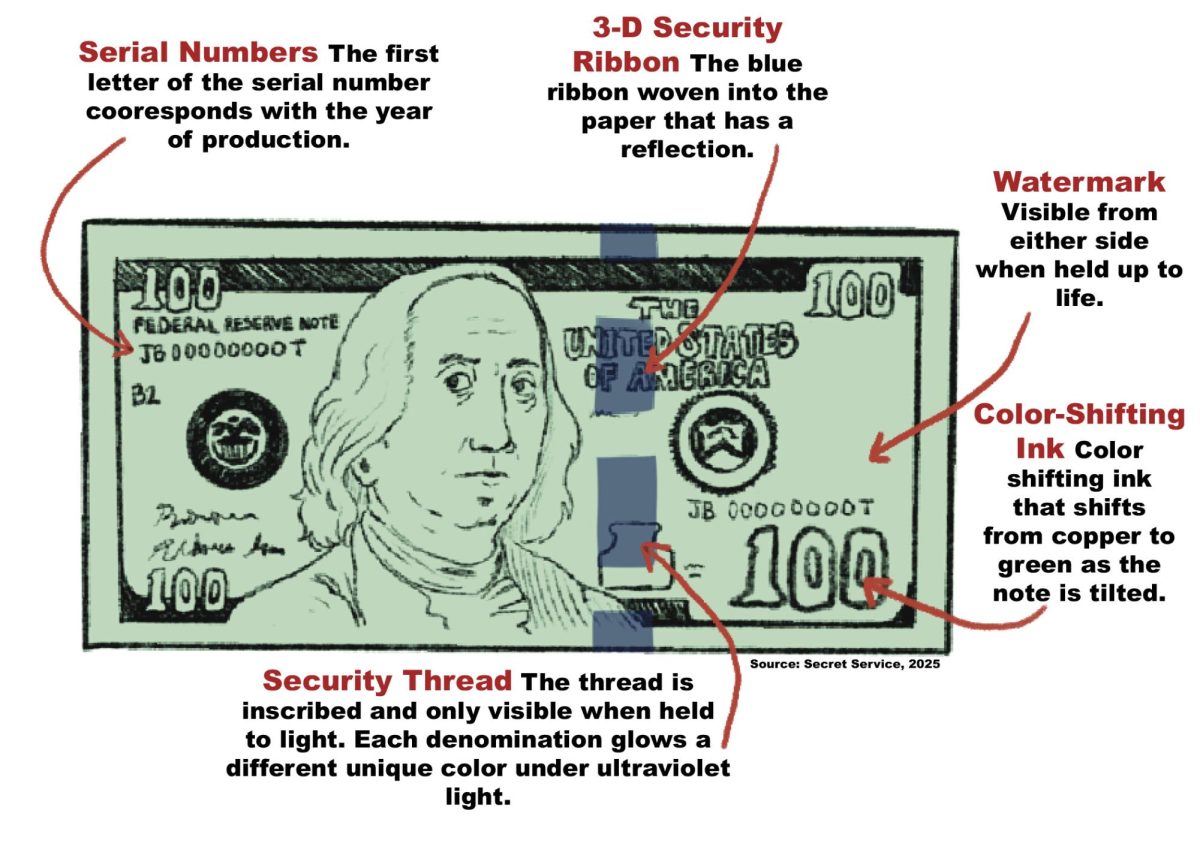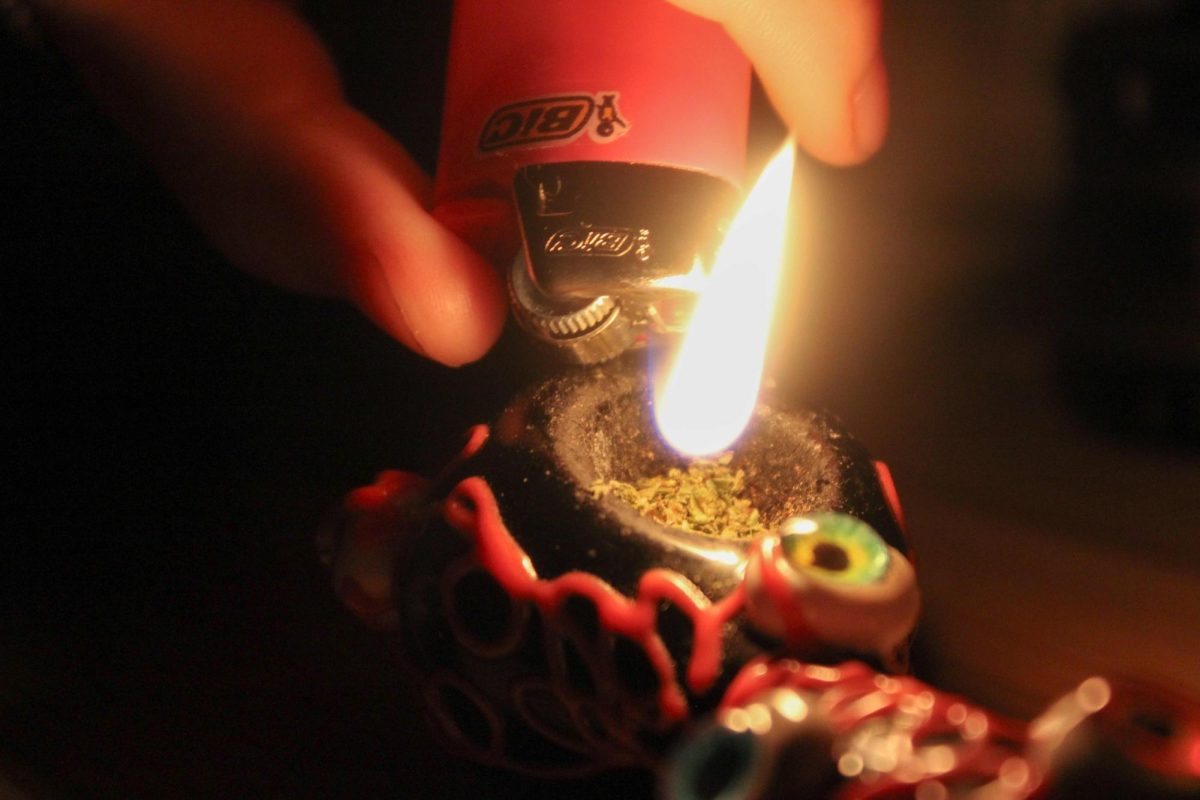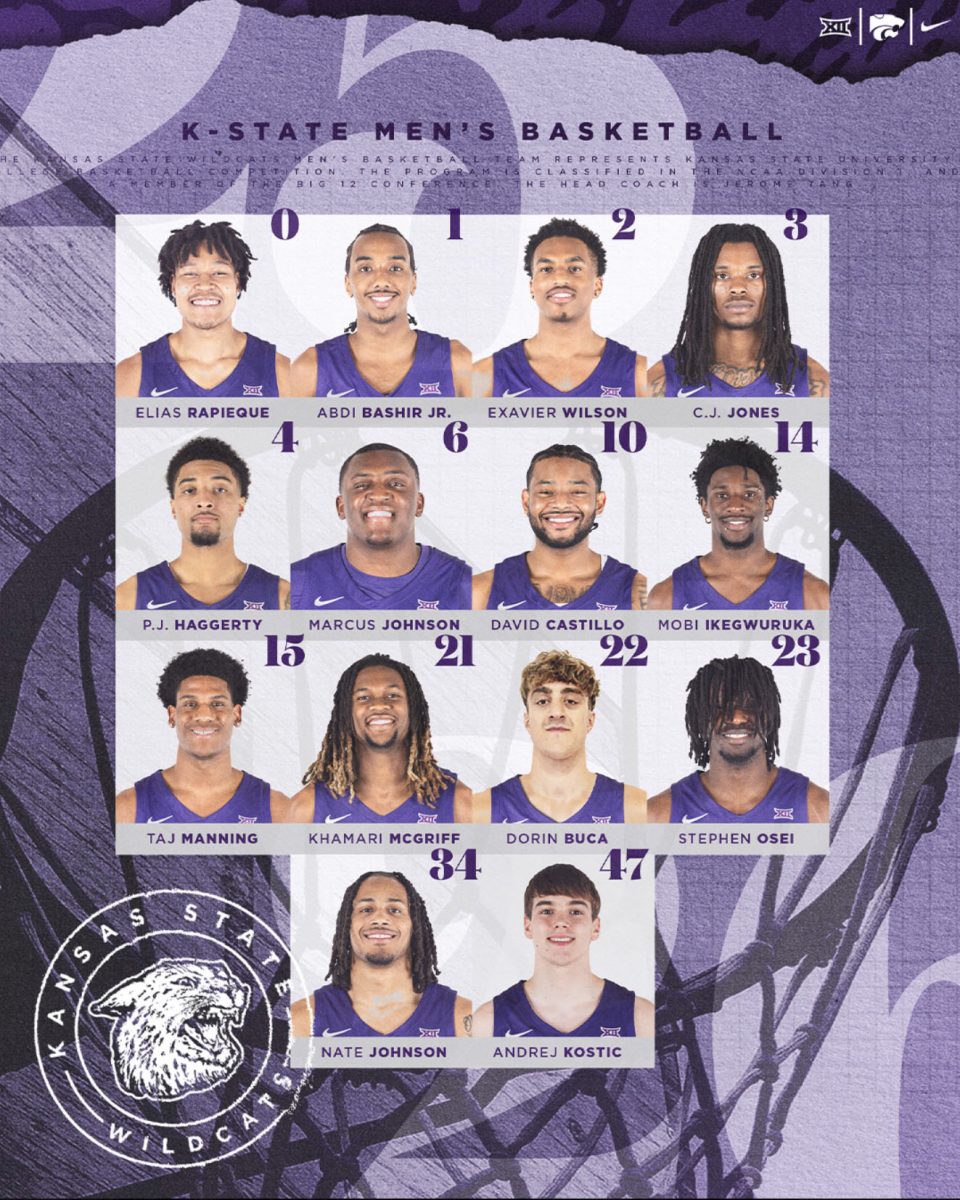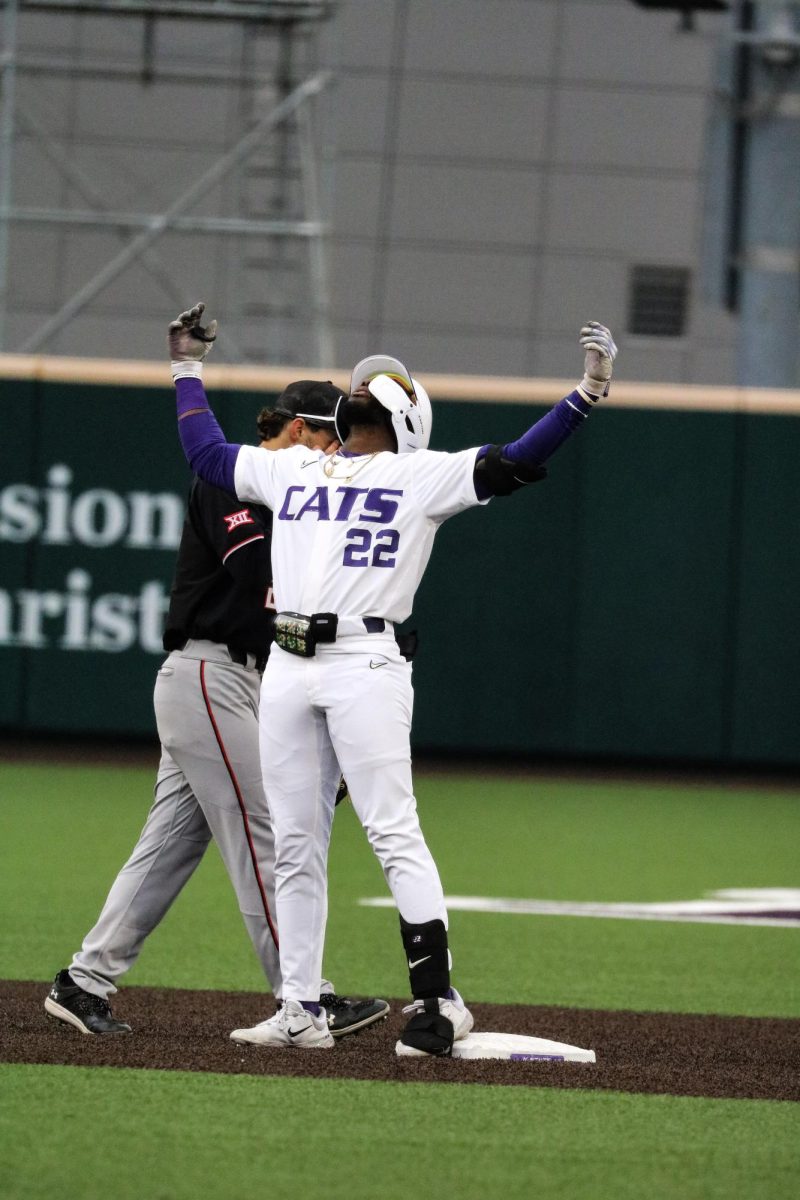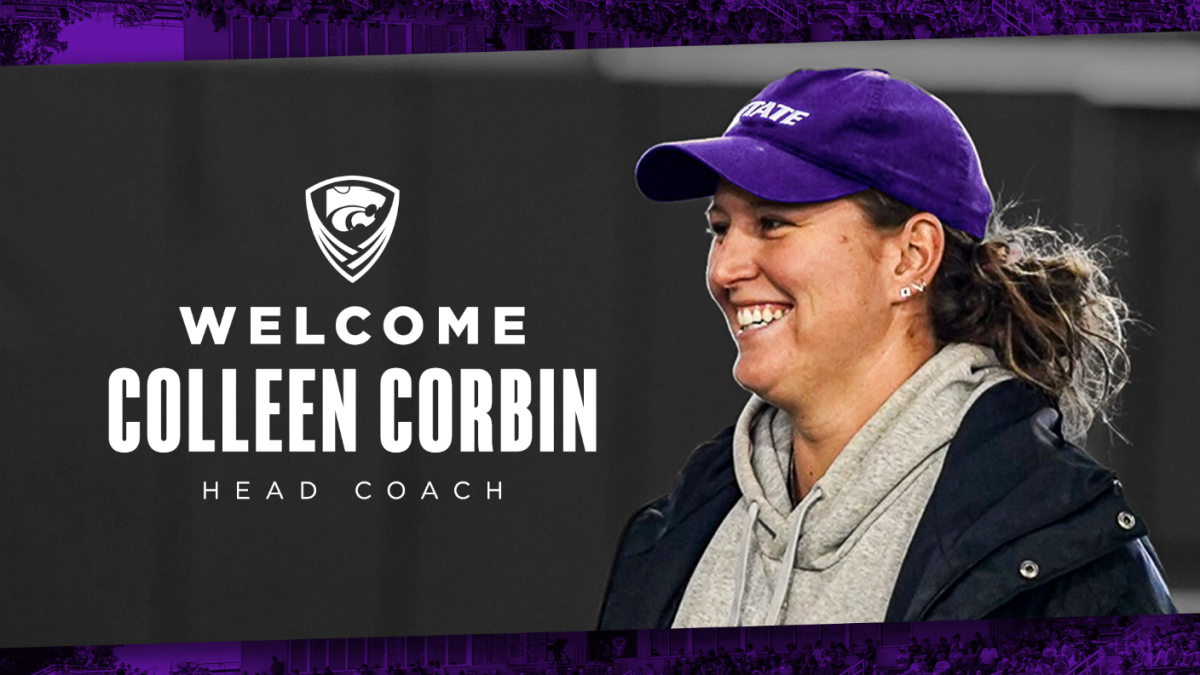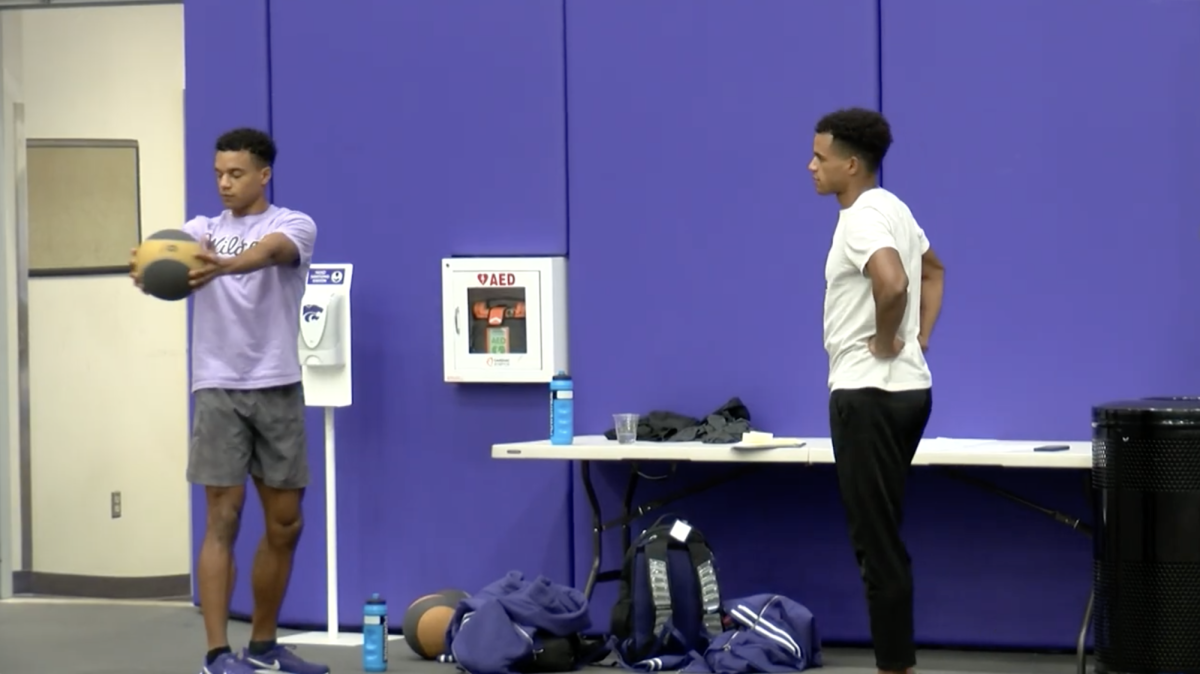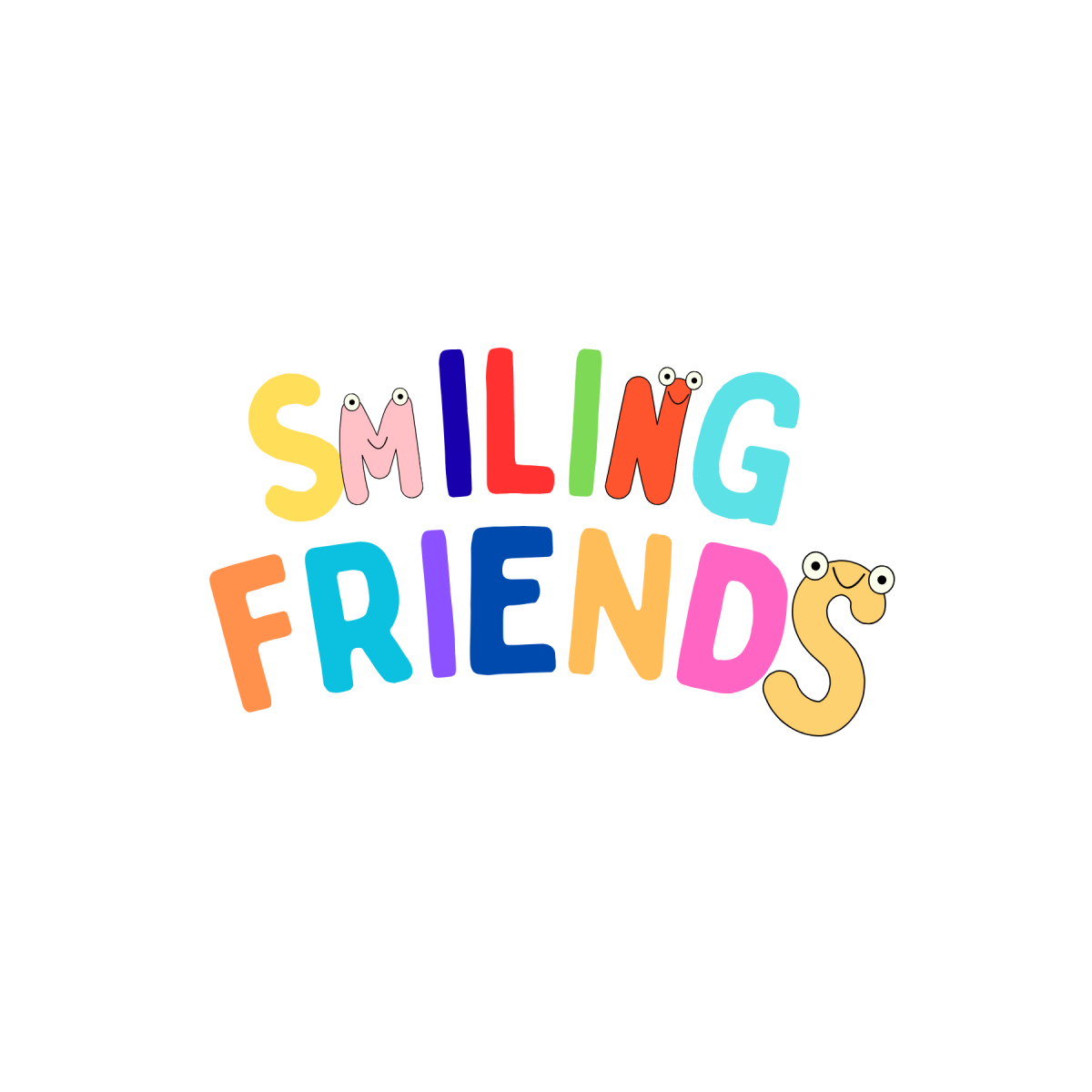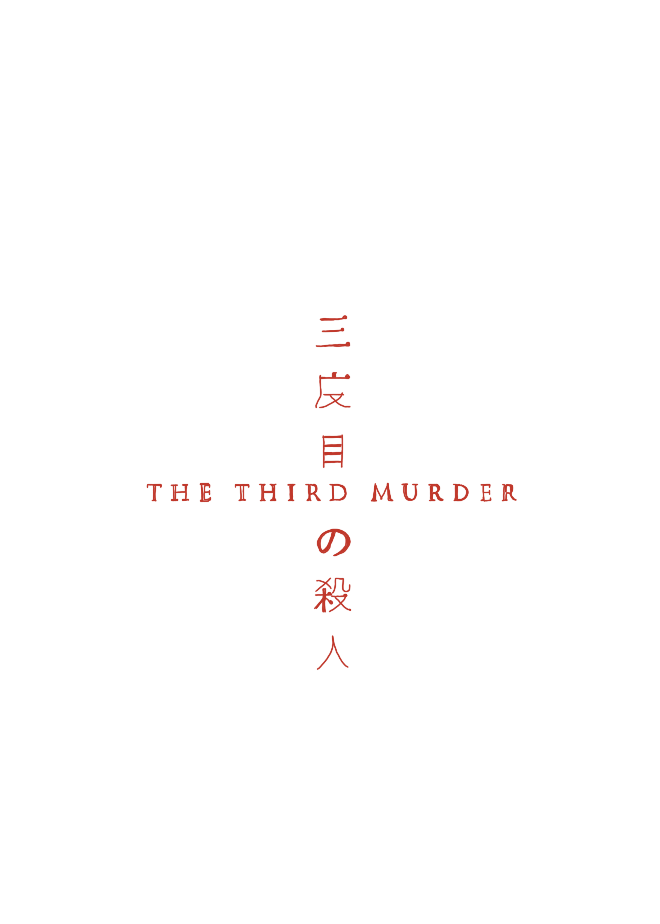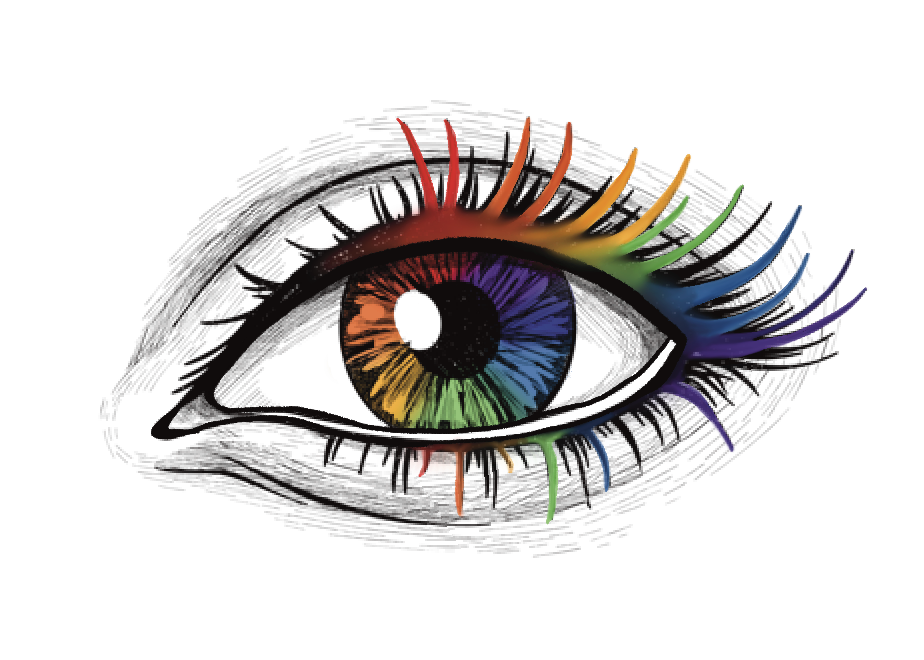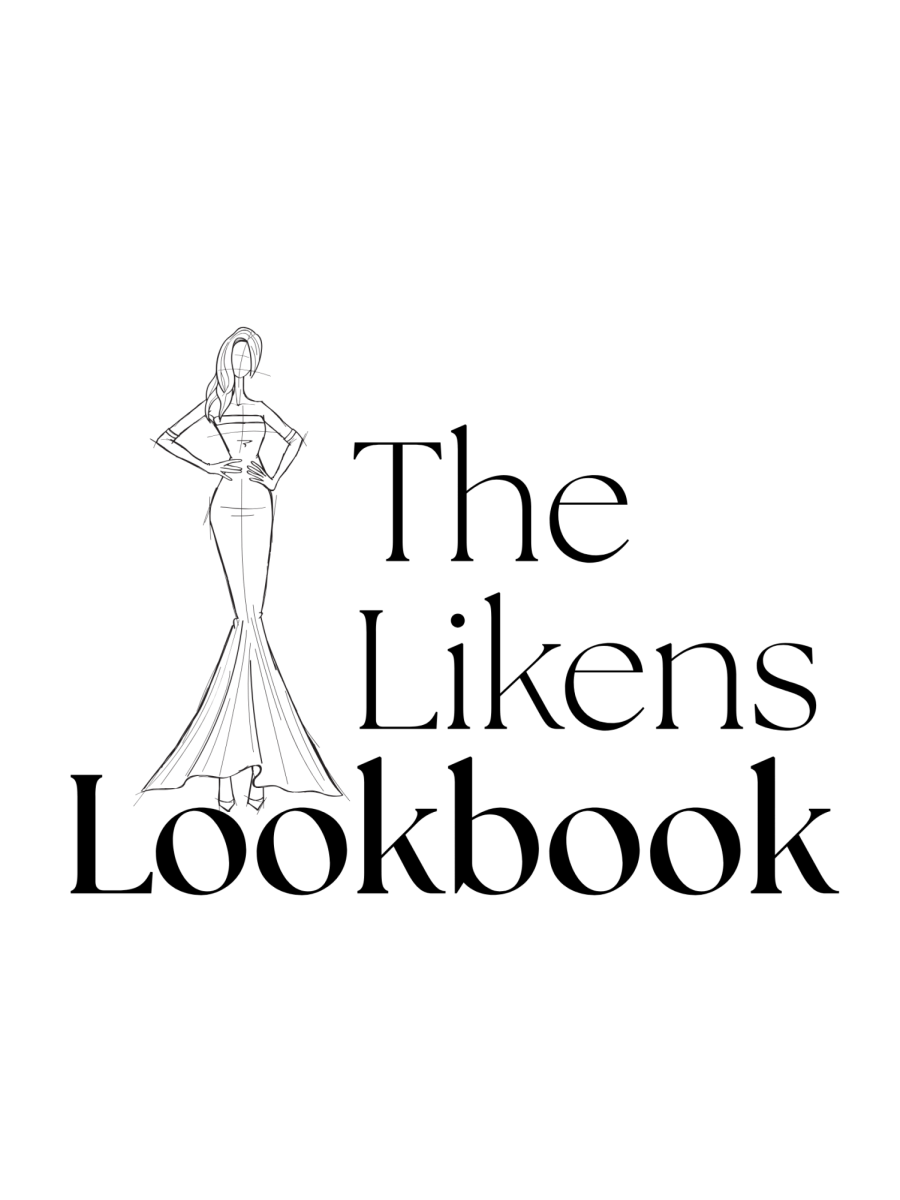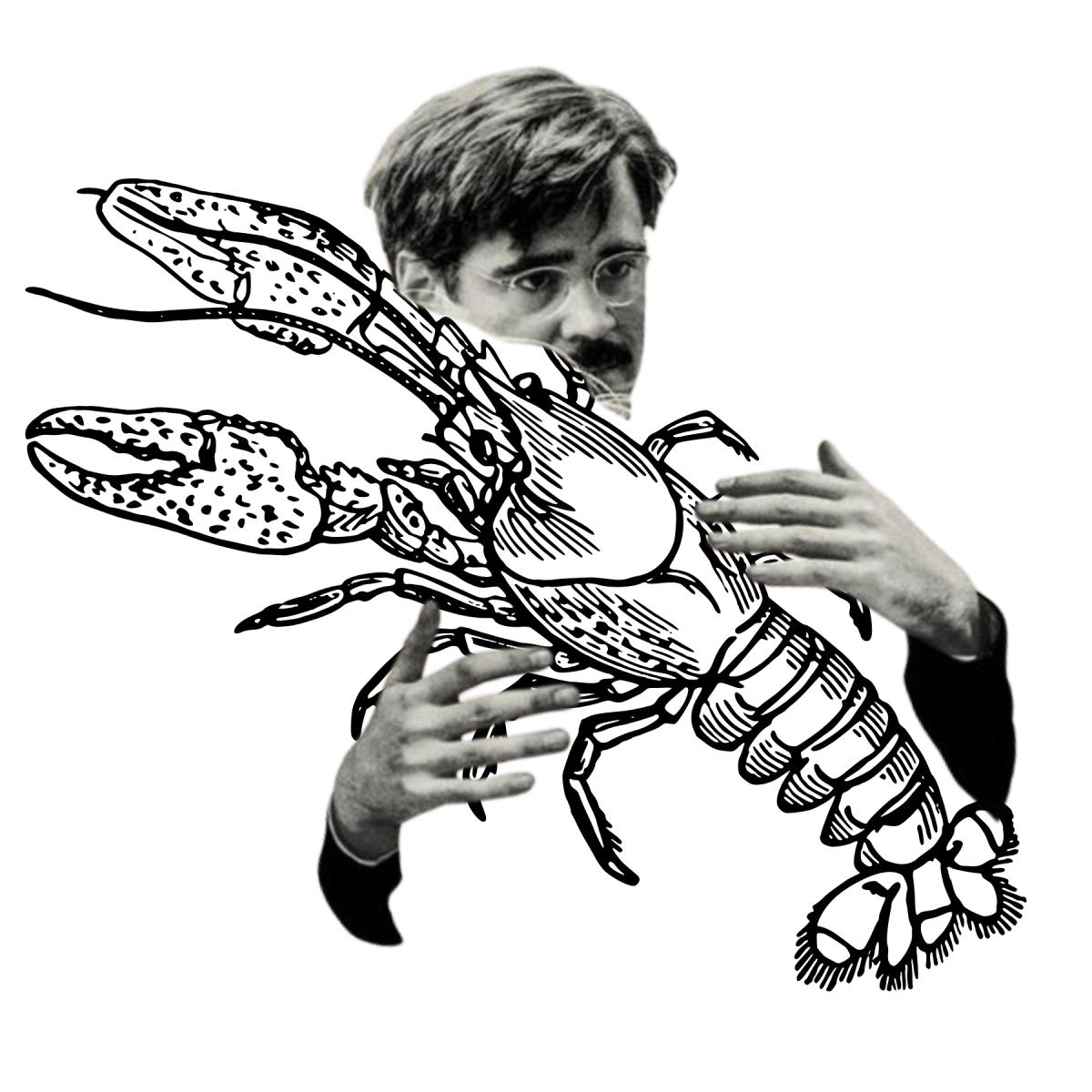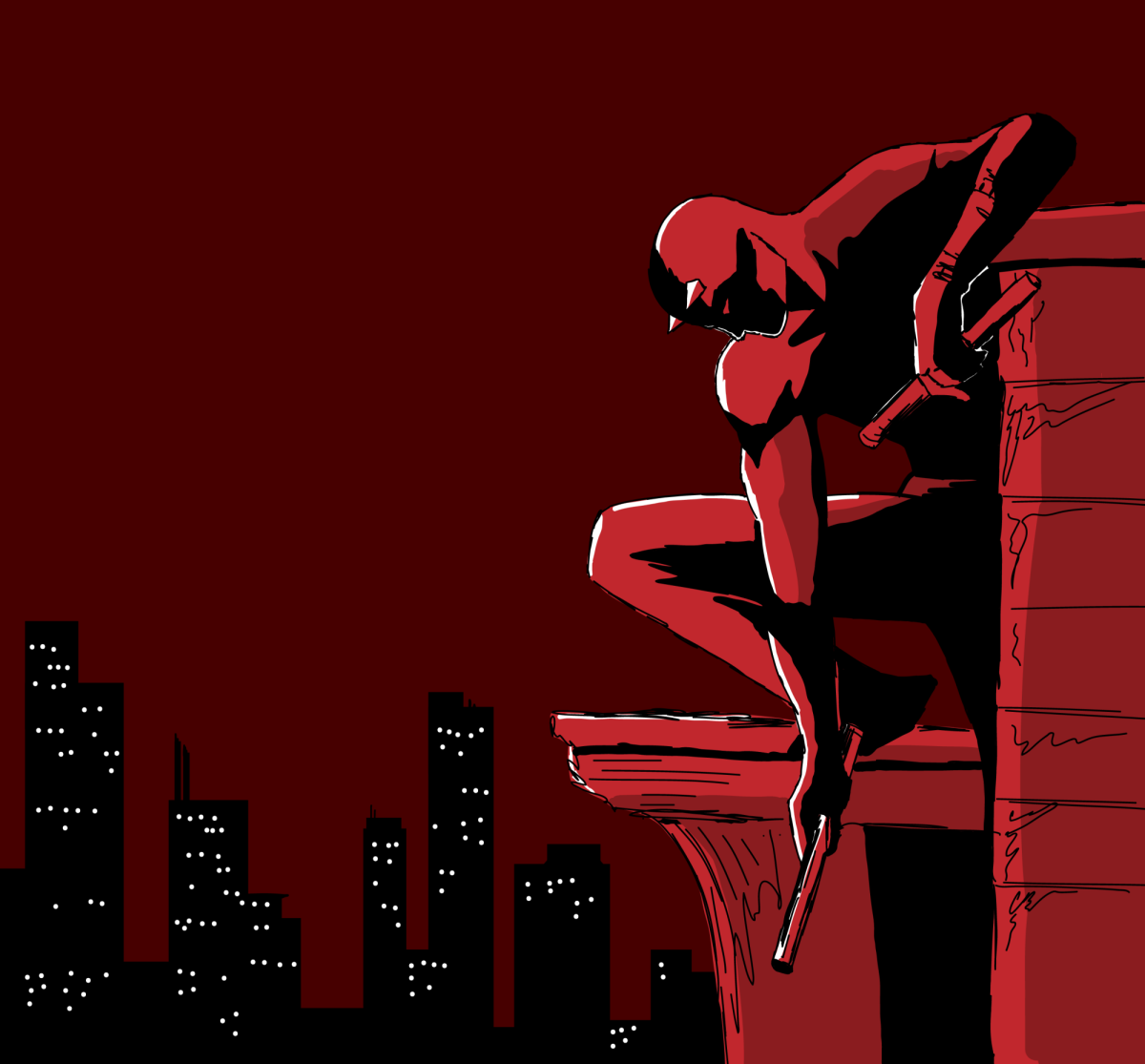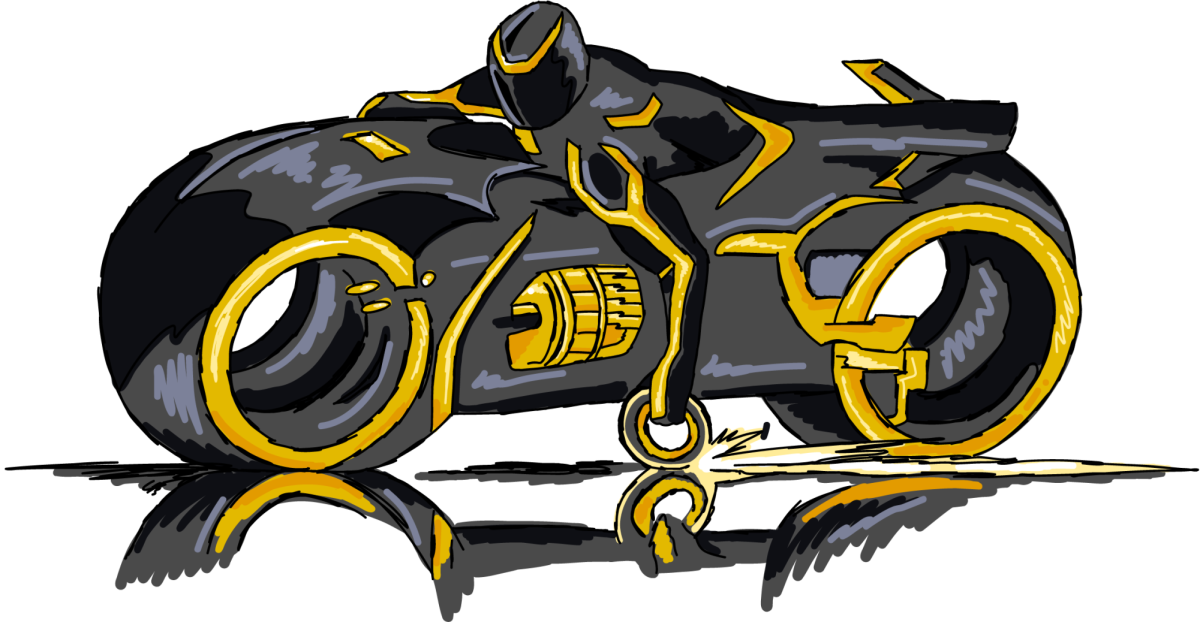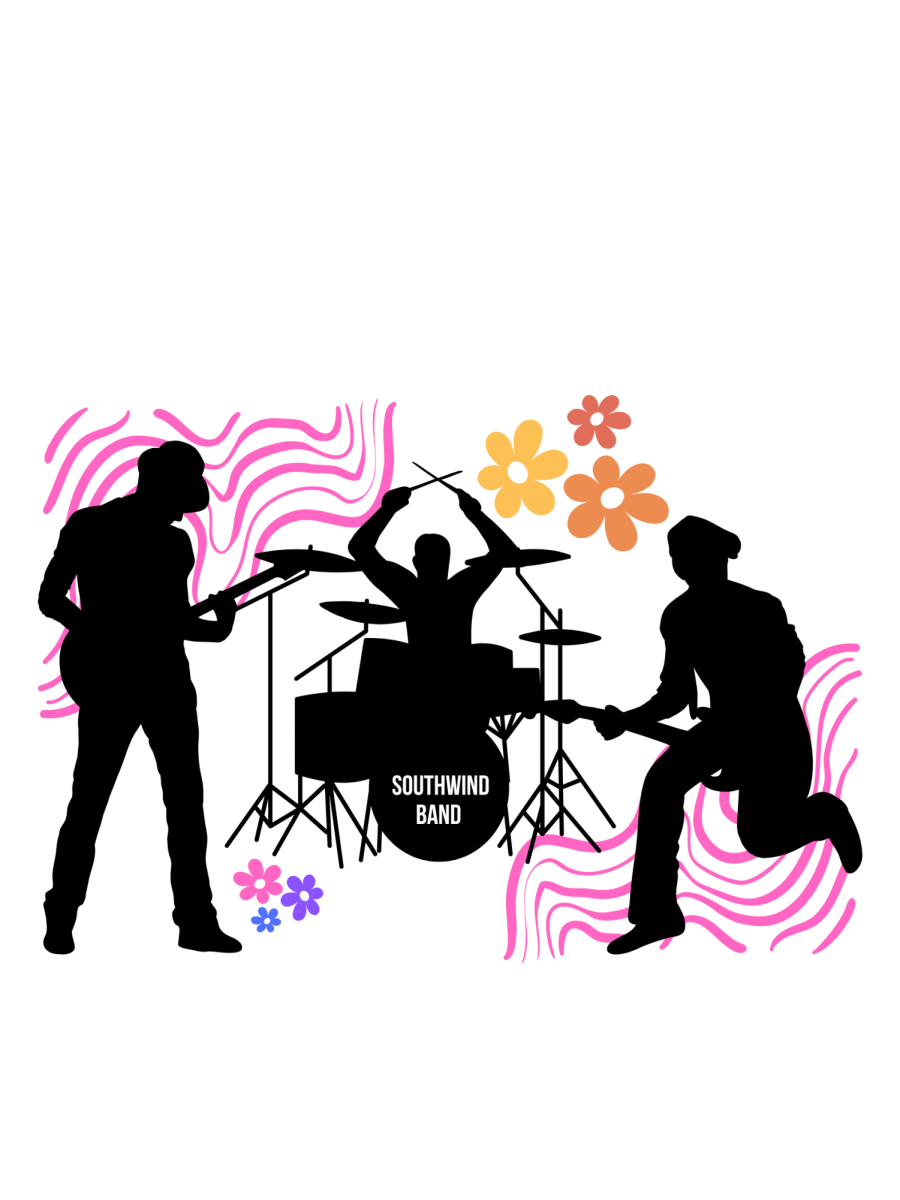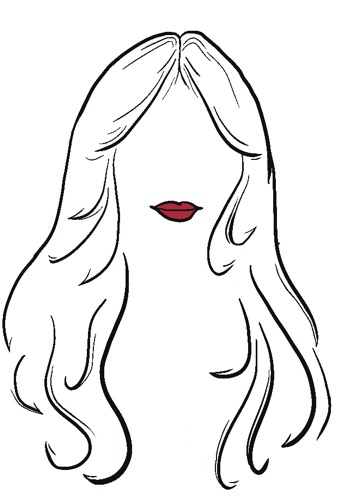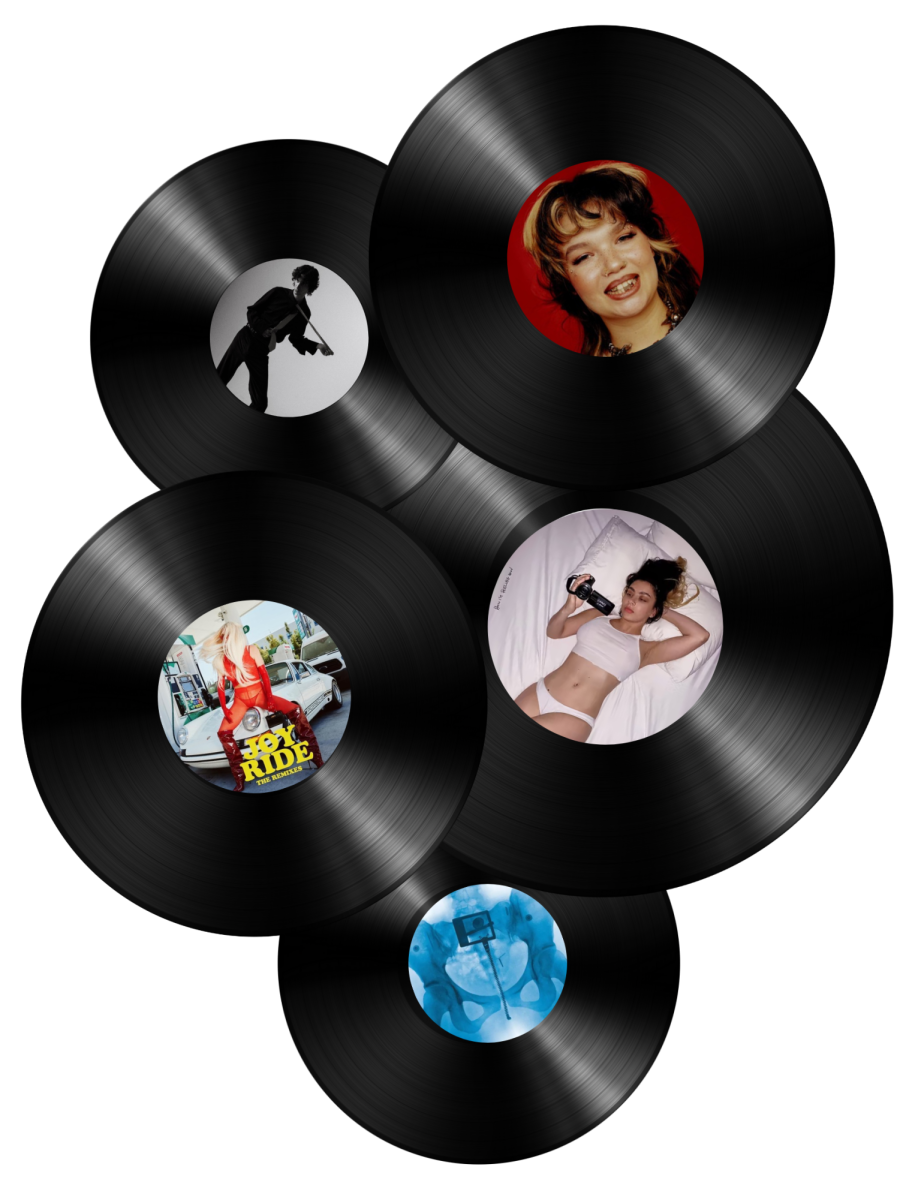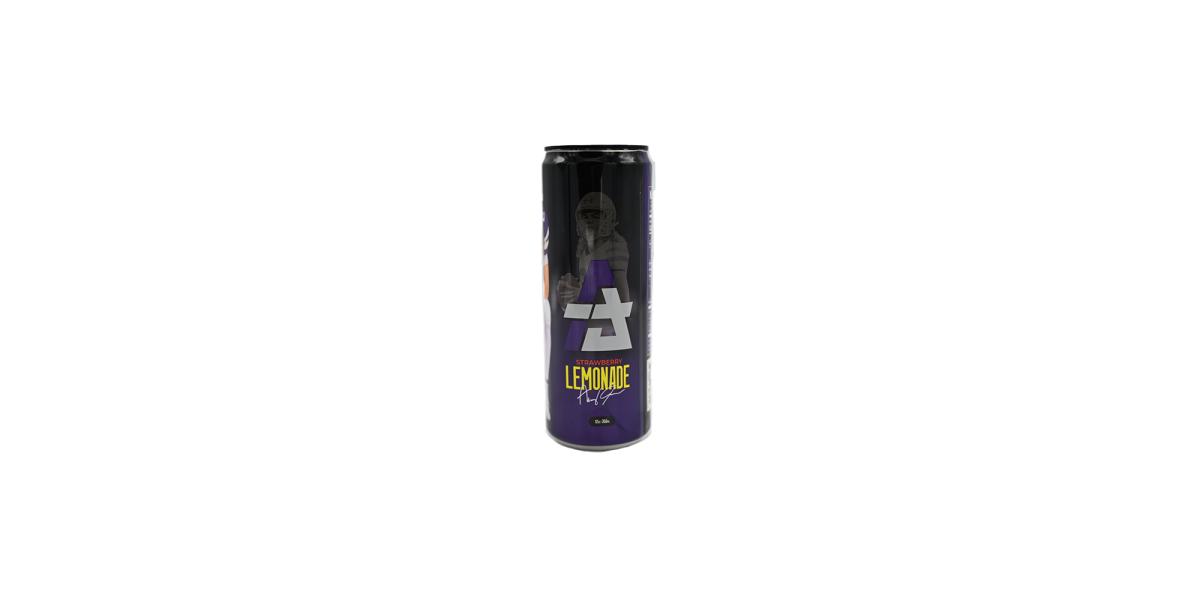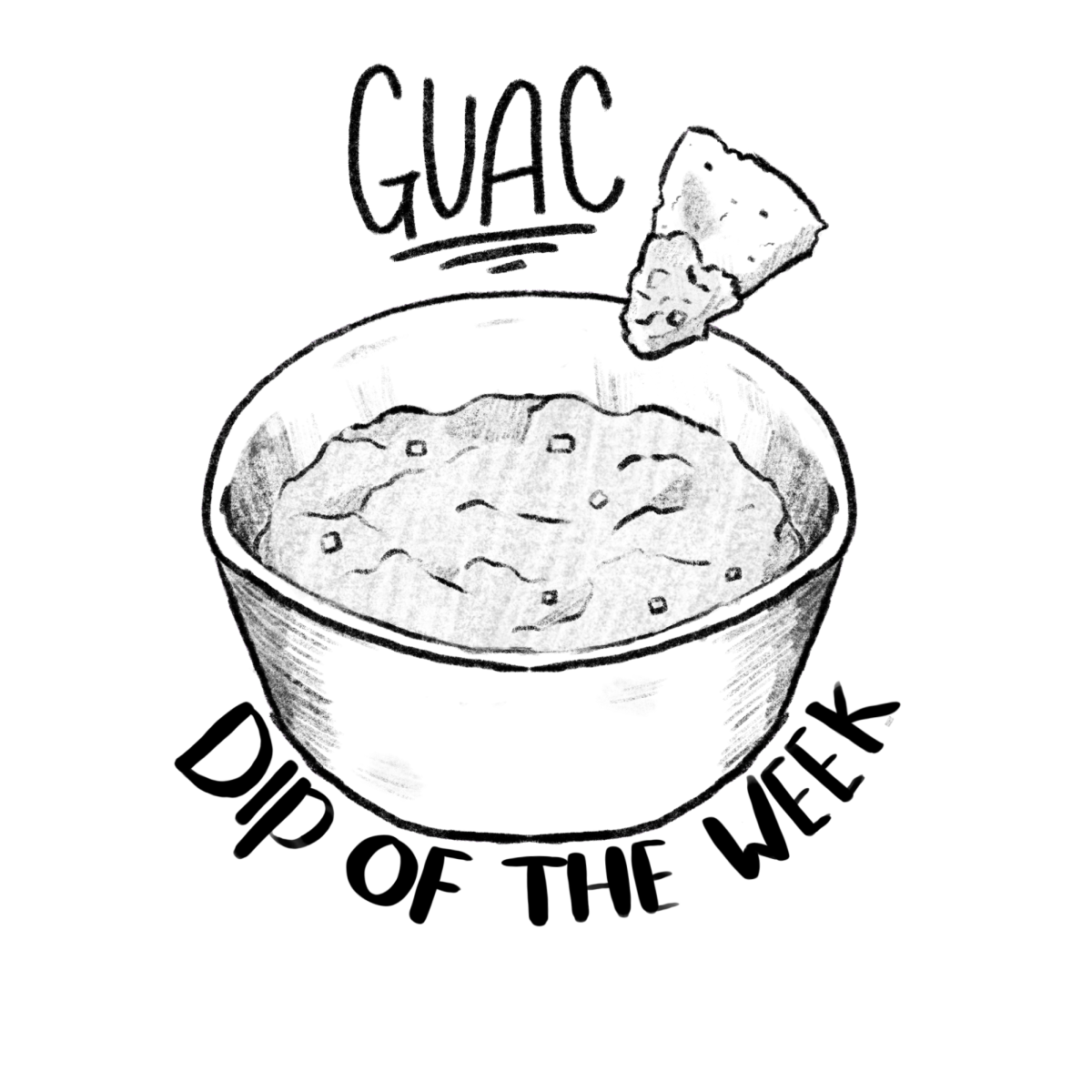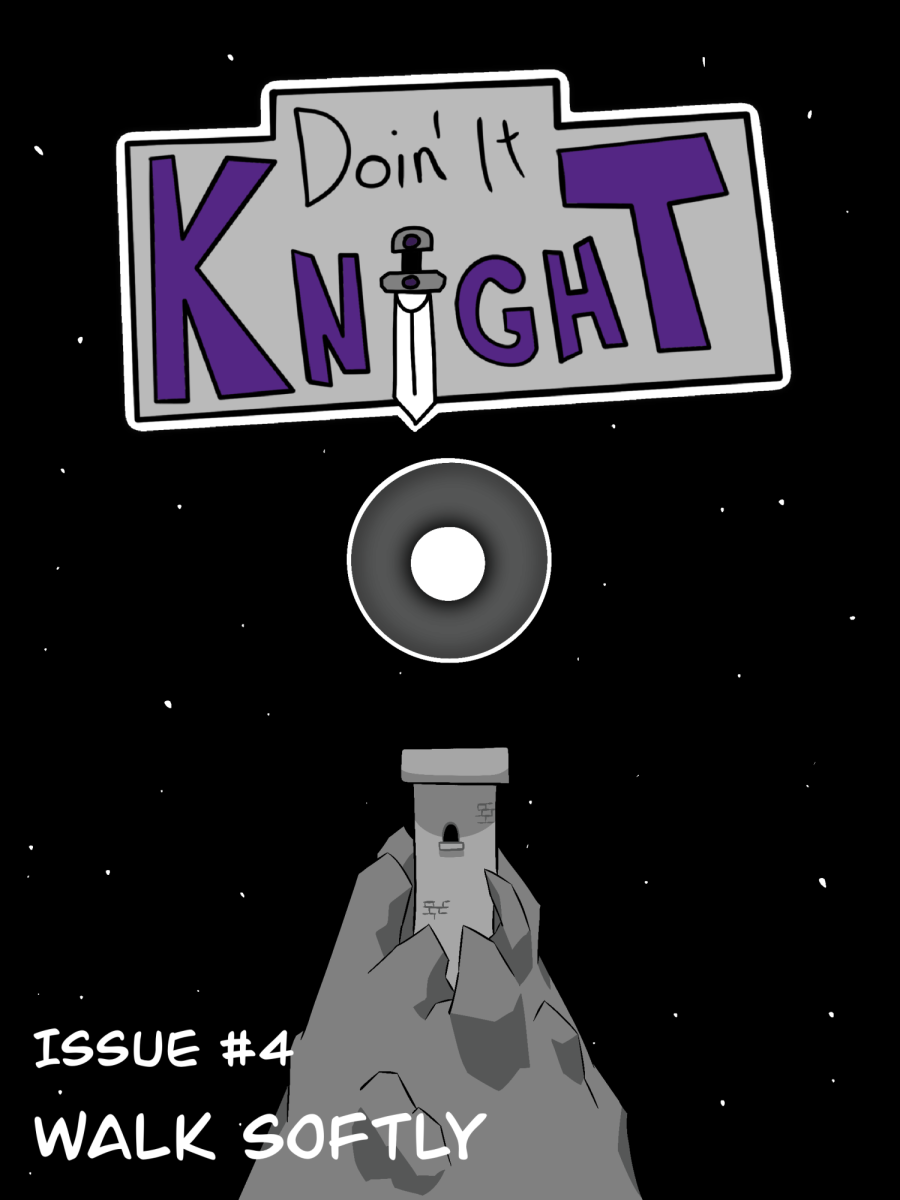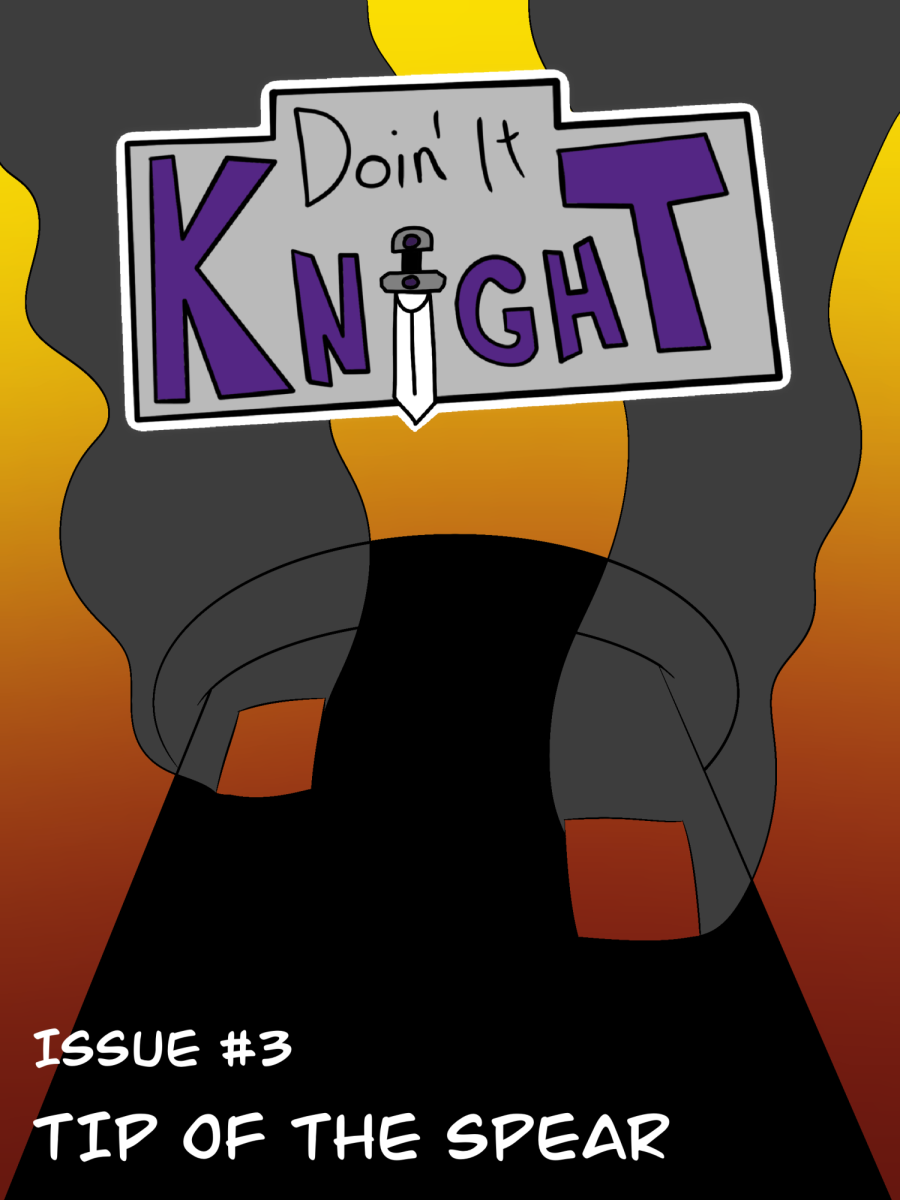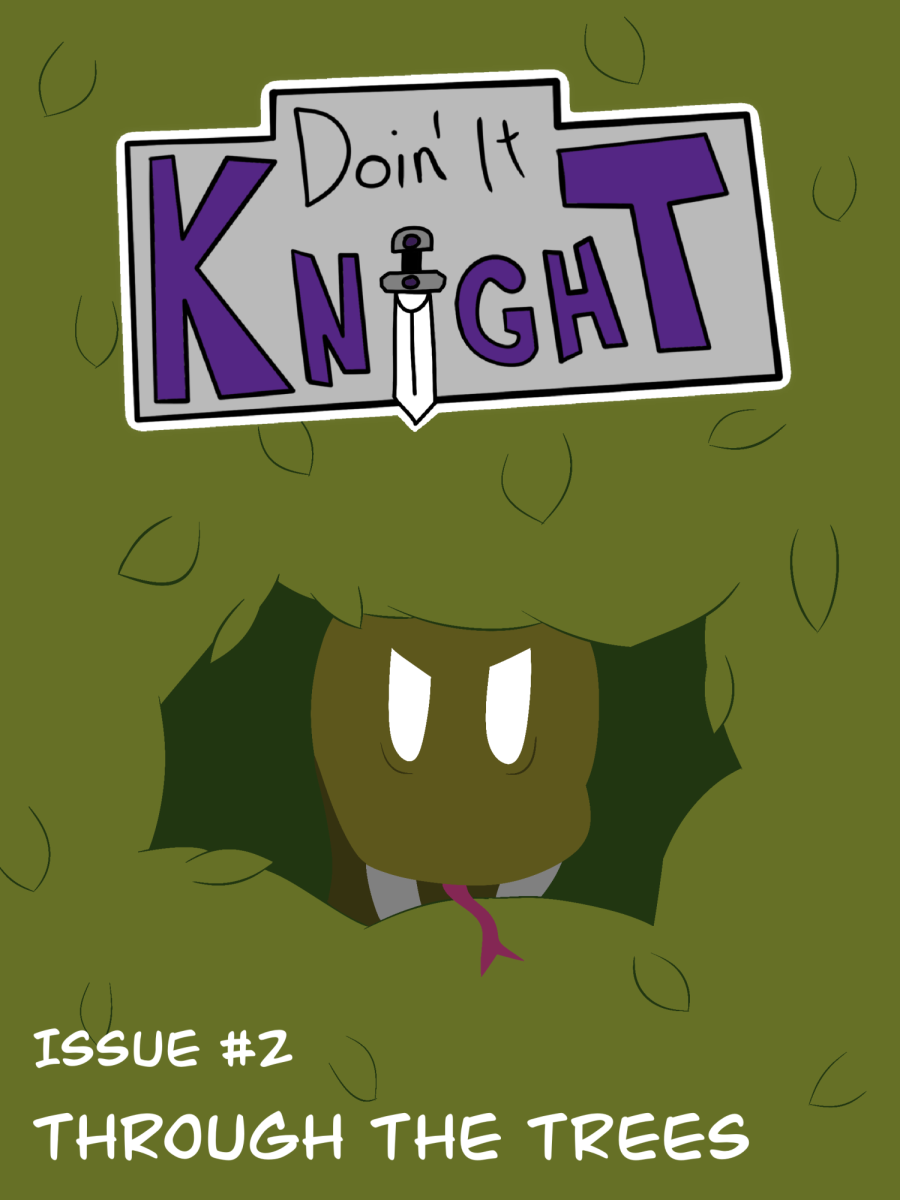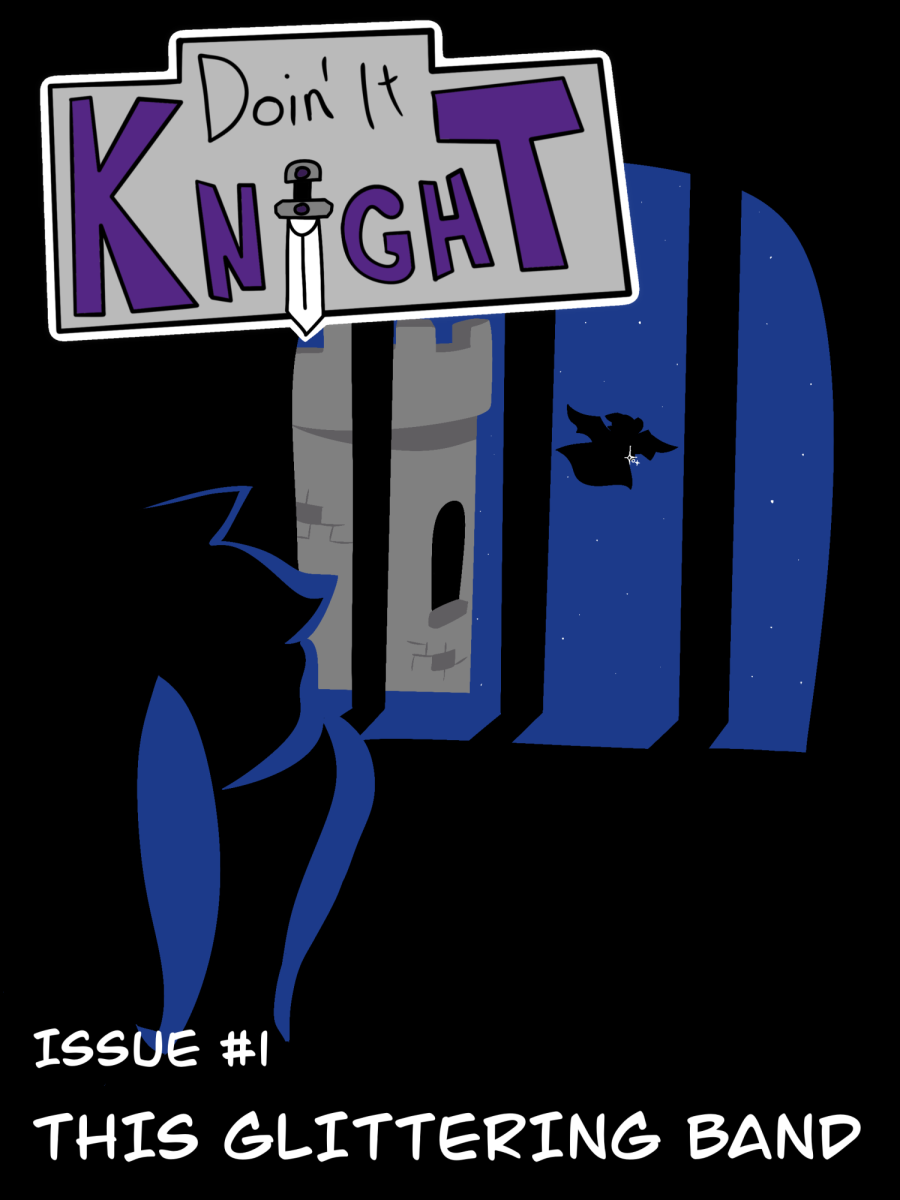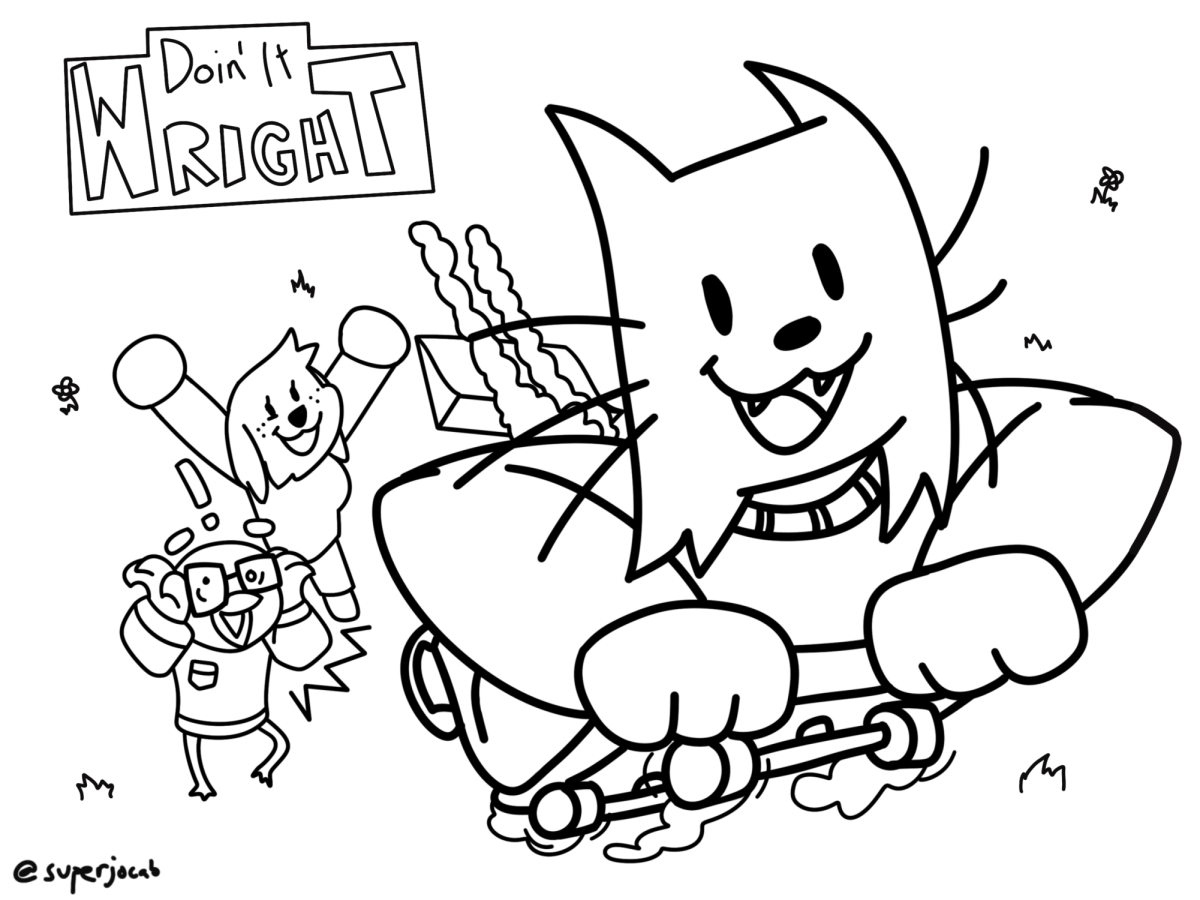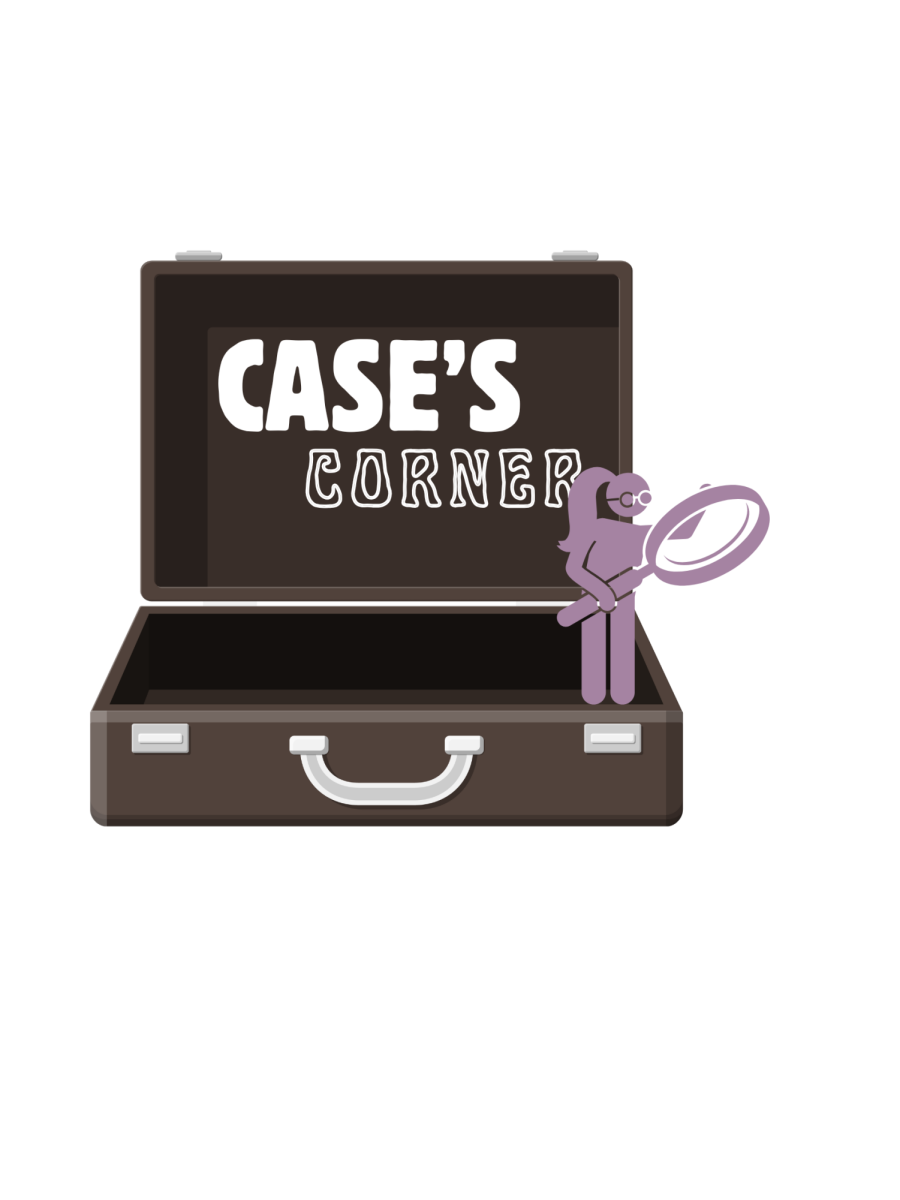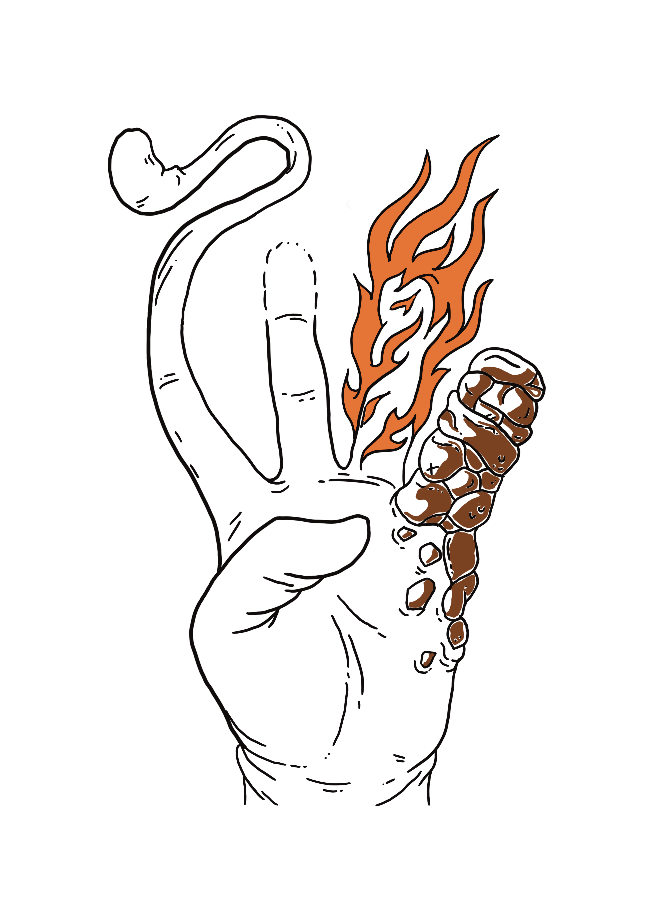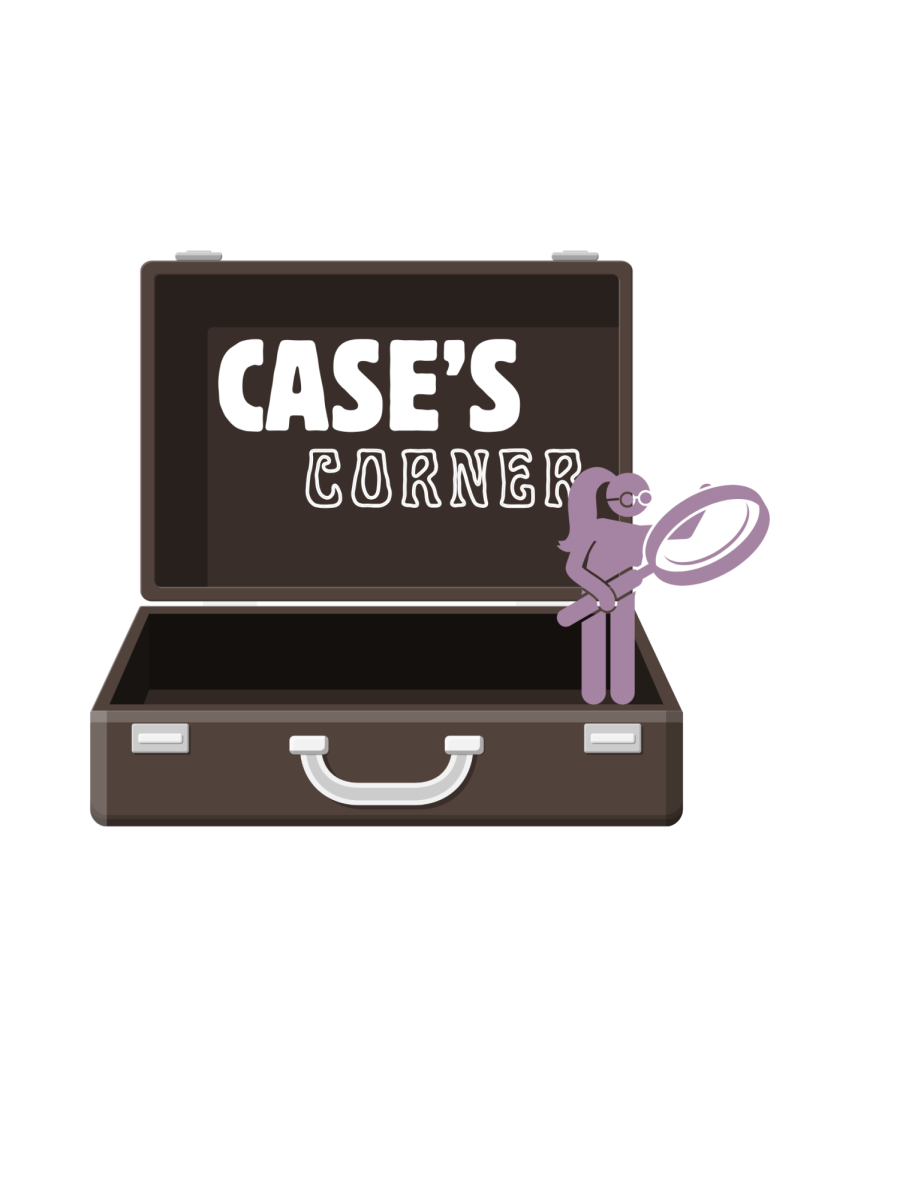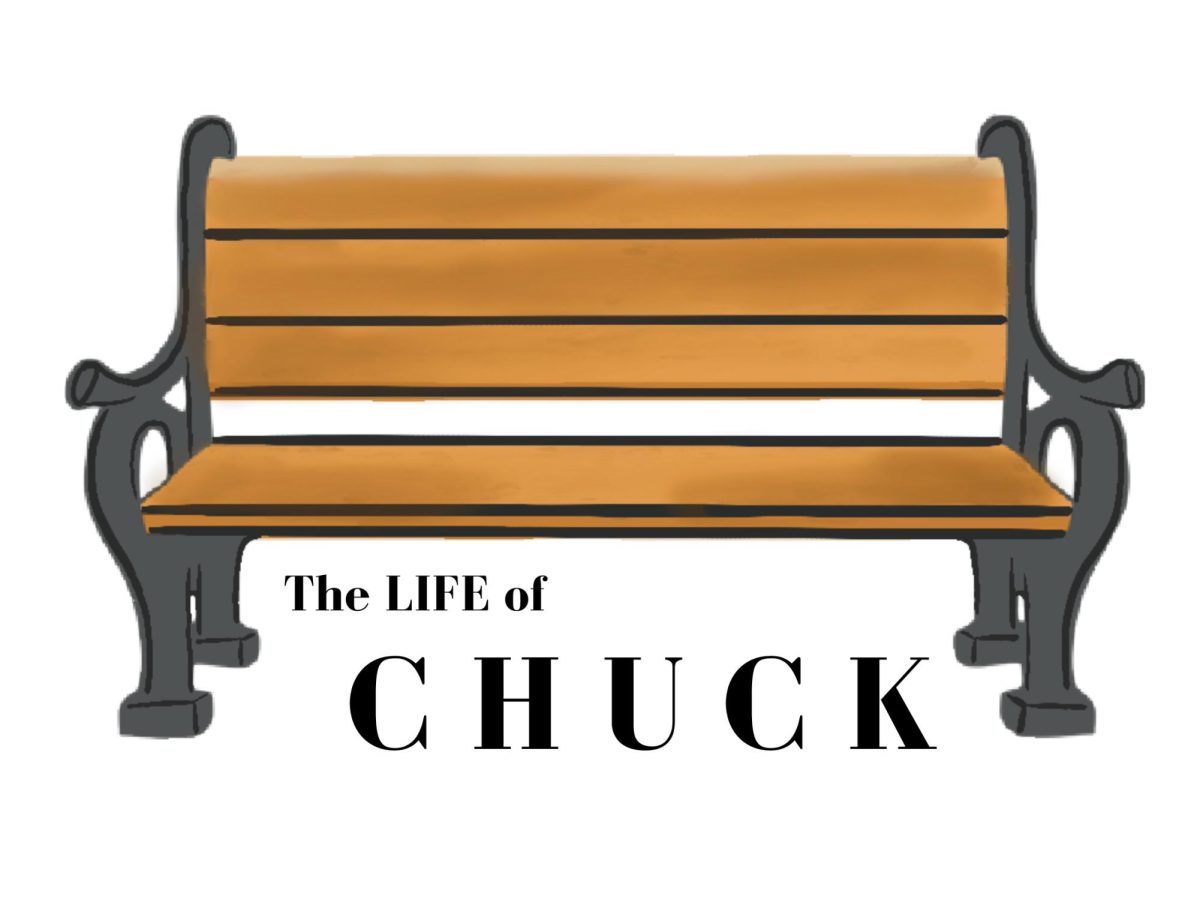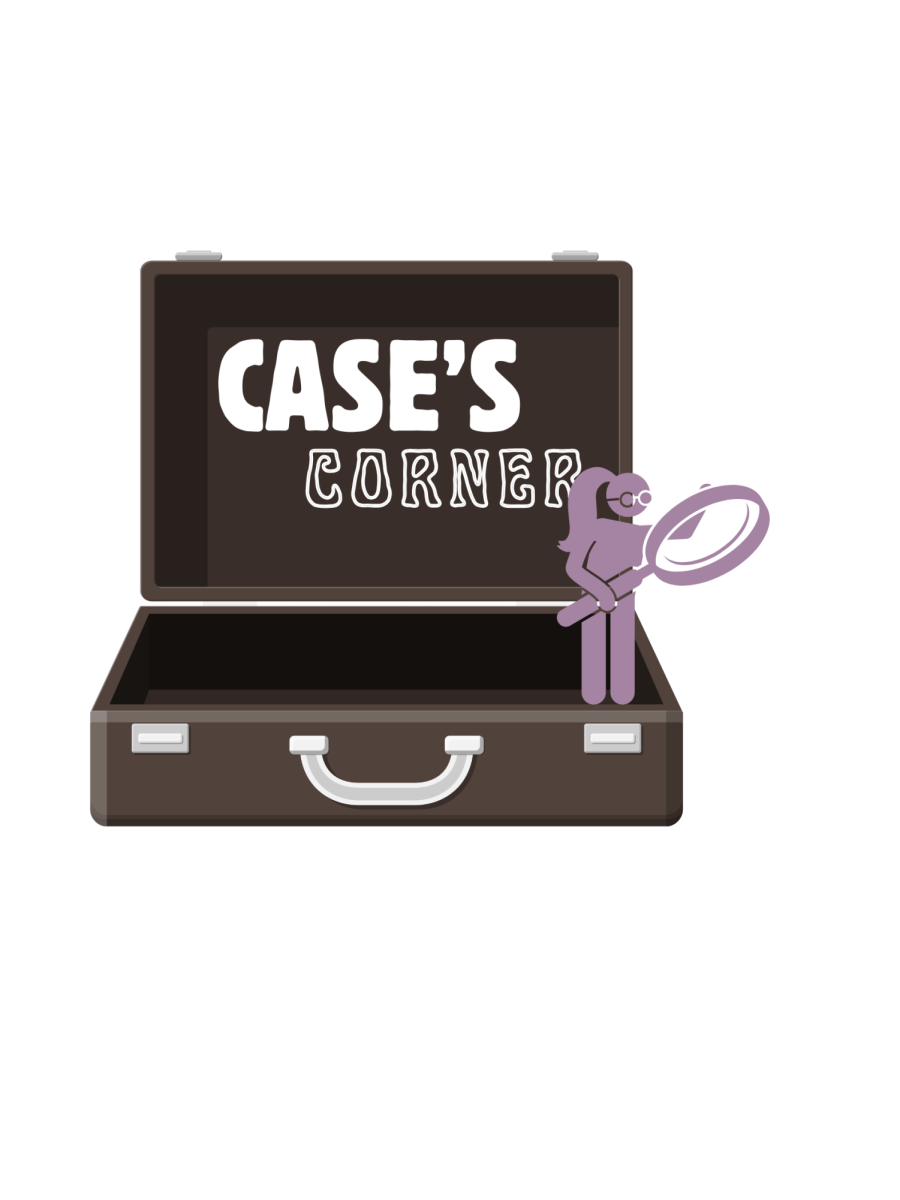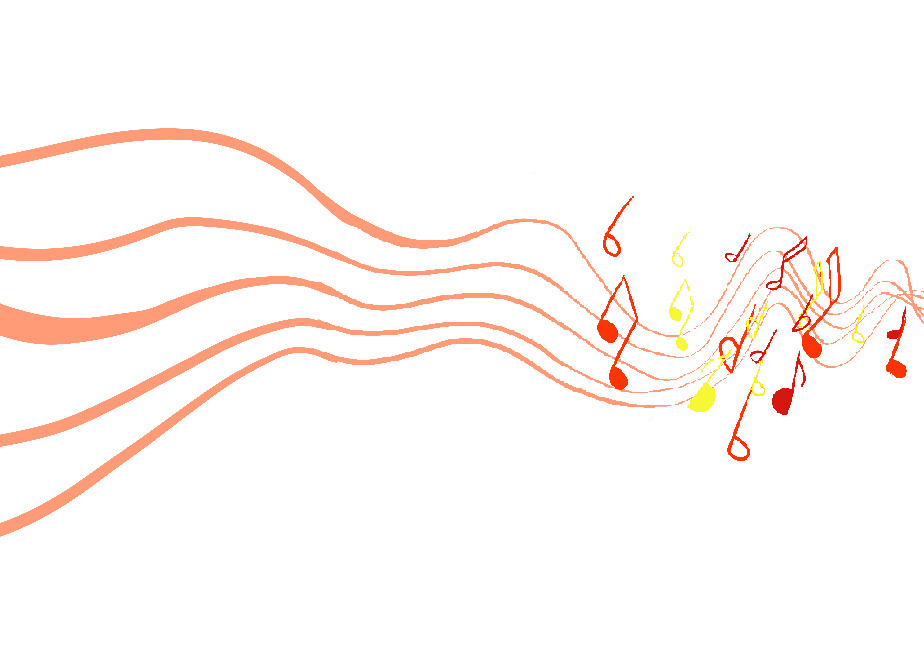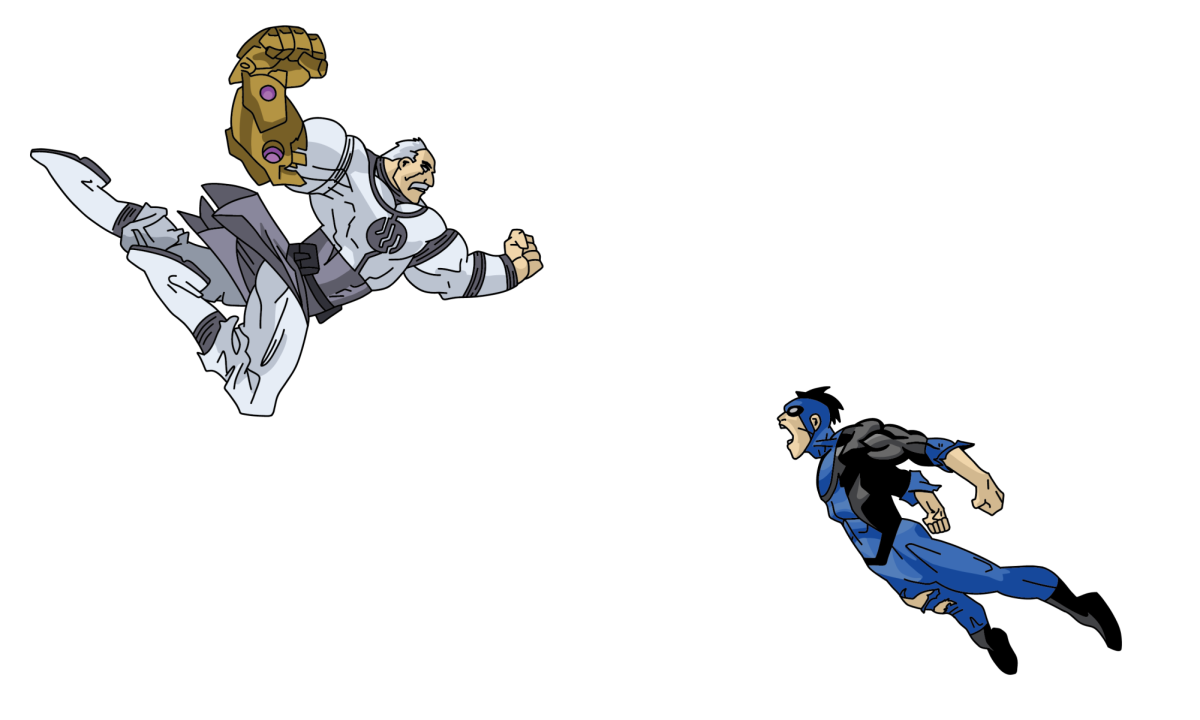It’s weird, it’s insane and it’s hilarious. The humor of “Smiling Friends” comes from semi-realistic conversation pieces that you can probably imagine happening with a friend or a relative. With its outlandish cartoon setting and a very in-your-face style of comedy that has some nuance to it, the show really does a good job of keeping you hooked.
The general plot of the show is grounded; Pim and Charlie are employees of a non-profit charity called “Smiling Friends,” tasked with making the guest character of the episode smile.
The animation of the show can be playfully pleasant to look at, but also detailed in a more grotesque and hyper-detailed fashion, featuring expressions like excessive wrinkles and unorthodox body proportions.
Besides the style of animation, the show has a big focus on the characters’ personalities and individual quirks, which is shown in how they interact with the absurd scenarios they’re faced with. The main characters are good examples of this: Charlie is more cynical but well-meaning, and Pim is overly optimistic and enthusiastic.
Frequently there are jokes intended to make you feel semi-uncomfortable during each episode. A good example is the character Mr. Boss, who has humor that seems random and intentionally off-putting, making him one of the best parts of the show. His weirdness comes from a similar desire to make people smile, but is portrayed as uncomfortable and awkward, like an actual boss at your workplace trying to be funny and relatable.
“Smiling Friends” overall is very unexpected and absurd. Characters move sporadically, and sometimes react uncannily to an event that seems overly cartoonish. At times when characters argue or even get injured, it seems like they react almost too rationally, considering they’re cartoon characters.
The show traces its roots to the early internet in the late 2000s to early 2010s, where animations characterized by their randomness, shock value, and an overly detailed drawing style were commonly posted.
Sites like Newgrounds, a website for sharing animations popular for early rudimentary Flash games, and YouTube were becoming popular places for artists of the era to post their short animations. The majority of these animations were made using the versatile and inexpensive animation software, Flash. Flash itself is probably responsible for a good majority of your childhood. Seriously, look up how many shows have been animated using the software.
Animation from this era had no censorship; no executives telling the artists and writers what to do. This lack of regulation meant a lot of the work being done was by the creators’ own volition and 100% their intention, no matter how disturbing, raunchy or weird they could get.
The type of animation available online varied heavily. Horror, comedy and a truckload of parody and fan content were likely to have gained a lot of traction. There really wasn’t a limit, as long as it followed the site’s guidelines.
Early animations on YouTube, especially on Newgrounds, were groundbreaking for the time. They had total creative freedom that was full of ridiculous and random humor, violence and dated pop culture references. They were either deadly hilarious or something the creator would be embarrassed about if you asked them about it years later.
Around this era, Cartoon Network’s Adult Swim, a segment more oriented towards adults, began airing late at night. Adult Swim began in 2001 with re-edits of old cartoons from the ’70s and ’80s for a now mature audience.
Adult Swim also launched with a few original animated and live-action programs that were geared towards adults. The content was becoming more and more extreme, pushing the envelope for what adult animation can produce, with early Adult Swim shows like “Aqua Teen Hunger Force,” “Home Movies” and “The Venture Brothers” really setting the stage for a different type of adult animation that embraces the weird and zany vibe you’d be seeing around this same time online.
The creators of “Smiling Friends,” Zach Hadel and Michael Cusack, are two veterans of this style of low-budget adult animation you’d see online. In an interview given around the show’s initial release, they said they were heavily inspired by the early Adult Swim shows they watched growing up.
With a large online following, Hadel had worked on disturbing, more comedic and shocking animations for both Newgrounds and YouTube. Hadel worked in the animation industry on shows as a storyboard artist and contributed voice work to some shows. Hadel collaborated with Cusack, another early internet animator.
Cusack is known for a sense of awkward humor where conversations are grounded, but the situations surrounding the conversations are absurd (as with any sitcom, the entertainment is the antics). Cusack had already gotten his own show on the network: “YOLO: Crystal Fantasy,” which began airing in 2020.
Watching “Smiling Friends” feels different from the cartoons you would see on Cartoon Network or Nickelodeon, which are aimed more towards kids or teenagers. Distinct from more popular adult animated shows, this series’ adult animation is more realistic in terms of its dialogue and characters.
The pilot aired on April Fools’ Day 2020, before the show was fully greenlit. Due to audience reception, the show became an overnight success and is now in its third season. Currently, new episodes are airing on Adult Swim every Sunday night and on HBO Max Mondays.
So, to those who appreciate the weird, absurdist moments in our lives and are unsure of what is to come next, relish in the awkward, foul and pleasant discomfort that comes from watching any episode of “Smiling Friends” — a truly unique and surreal experience that you won’t forget.



